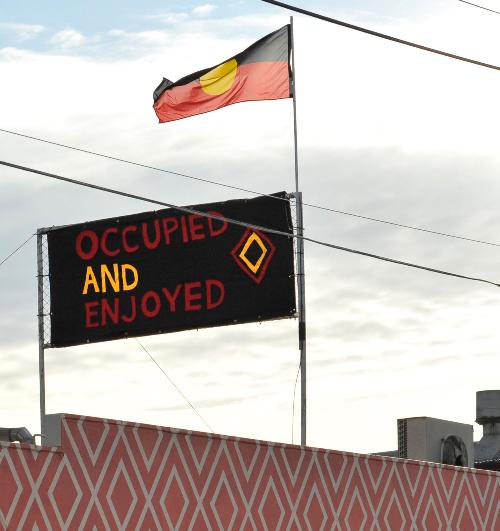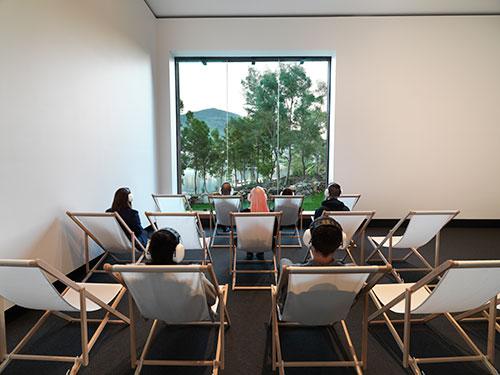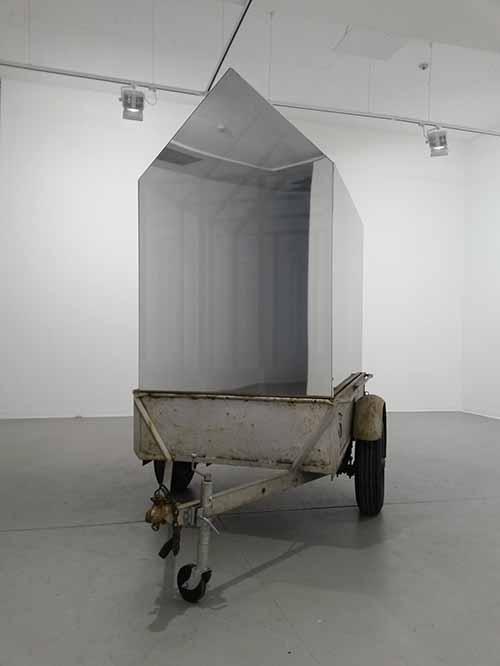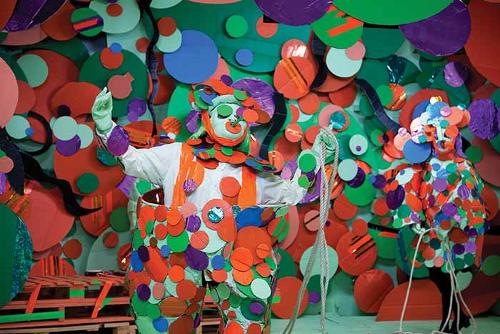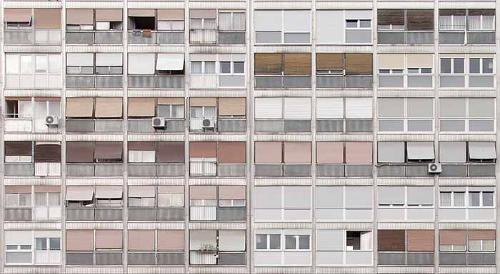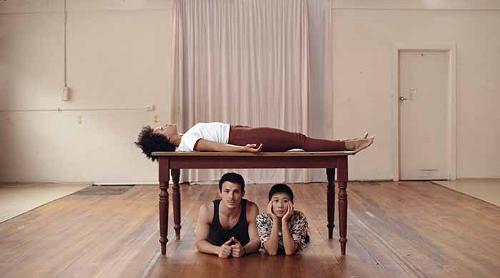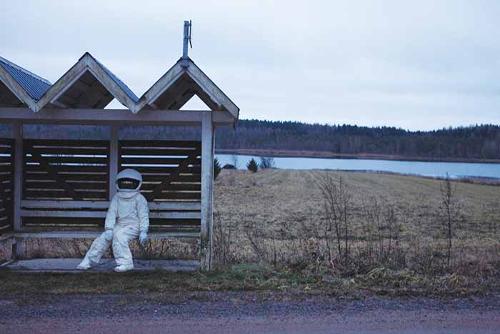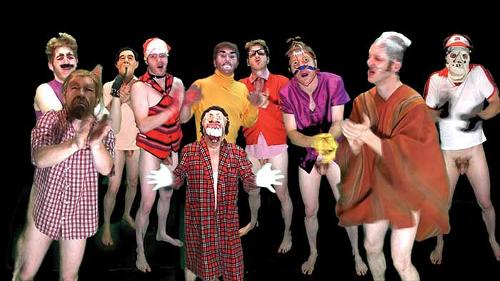
The first museum survey show for David Haines and Joyce Hinterding is intelligently and knowingly curated by Anna Davis. As both solo and collaborative artists, it persuasively attests to their bold, inventive, multi-sensory, self-reflective and poetically speculative art practices. The first thing you realise as you encounter their numerous open-ended, vivid and paradigm-shifting creations is that the show itself is so aptly named because it refers to the artists' life-long dedication to how the energies of our common world and the solar system shape our lives, art, ethics, society, and technology.
In this critical sense, Haines and Hinterding are significant examplars as artists who are in tune (so to speak) with the intricate aesthetic, cultural, phenomenological and technological nexus of our natural and technological worlds, which are not as sharply distinct in everyday life as our popular cultural imagination would posit. In short, the exhibition, time and again, refers to how our media are (to put it succinctly) environments and the reverse is also true: our environments are media as well.
This important theme is perhaps one of the key links that unite Haines and Hinterding as collaborators over some fifteen years or more. In this sense, one can say they are major artists who are instinctively, experimentally and poetically grounded in the realisation that the media are not only carriers of messages, etc., but they are also significantly the very infrastructures embodying culture and nature that determine our existence, as John Durham Peters as has recently argued in The Marvelous Clouds: Towards a Philosophy of Elemental Media (2015).
As collaborators, Haines and Hinterding bring to the fore the Deleuzean equation that one and one equals three. It is this critical “three” dimension, quite unique in contemporary (Australian) art, that engages us as gallery spectators entering the many rooms of this jam-packed omni-directional curatorial laboratory of energies, ideas, forms, genres, spaces, aromas and sensations. Whether it is the unseen energies of the many media that surround us – the Internet, virtual technology, sound, video, television, spirit photography, etc. – or the specific interests they have in electronics, geology, Reichian orgone energy, solar research, high-energy physics and olfactory chemistry, etc.
Haines and Hinterding are archetypal artists who are basically fore-riders in exploring the uncharted aesthetic and metaphysical facets of their common pursuit in giving shape, form, texture, space and sound to the countless invisible energies that surround our world. And, in this context, both artists are engaged in creating a vital poetics of curiosity and wonder about our planet turning on its axis in the large vastness of our solar system. Like zig-zagging wind-surfers, Haines and Hinterding have in this important exhibition shown us how their art is a grand testament to their unprecedented capacity to ride the waves of energies that surround us, functioning to echo Deleuze once more as “mediators” (in reference also to Deleuze’s 1985 essay of that title).
Given the brevity of my review I can only single out some of the many works that have engaged me: they include The Levitation Grounds ( 2000/15), The Outlands (2011), Monocline: White Cube (2010), Purple Rain (2004), and Starlight Driver:Cloudbuster Number Four:Orgone Energy Cloud Engineering Device (2011–12), to mention a few. Theirs is a rare talent to be sure. Accompanying the exhibition is a valuable comprehensive catalogue with two major informative essays by Anna Davis and Douglas Kahn.


